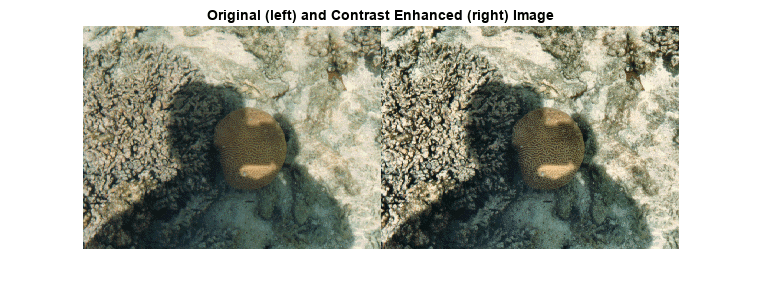adapthisteq
对比度受限的自适应直方图均衡化 (CLAHE)
说明
示例
输入参数
名称-值参数
输出参量
算法
CLAHE 对图像中称为图块的小区域进行运算,而不是对整个图像进行运算。adapthisteq 分别计算每个图块的对比度变换函数。每个图块的对比度都得到增强,因此输出区域的直方图与 Distribution 值指定的直方图大致匹配。然后使用双线性插值合并相邻图块,以消除人工形成的边界。可以限制对比度,尤其是在同构区域,以避免放大图像中可能存在的任何噪声。
参考
[1] Zuiderveld, Karel. "Contrast Limited Adaptive Histograph Equalization." Graphic Gems IV. San Diego: Academic Press Professional, 1994. 474–485.

